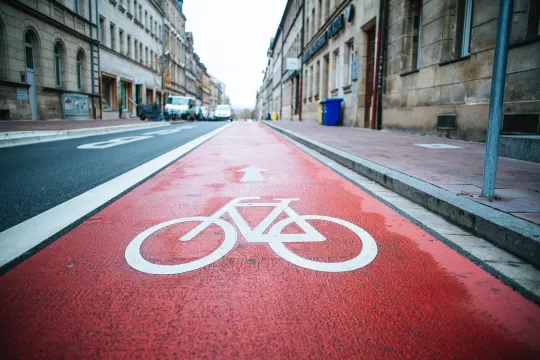Active banners: 0 Visible banners: 0
The Best Dutch Cycling Infrastructure
Provided by: Not Just Bikes |Published on: April 27, 2021
Videos
6789101112
Synopsis
- This video is about the system of bicycle-only roads in the Netherlands.
- Students will learn about the benefits of these roads, including convenience, improved safety, and better quality of life.

Subjects: Civics
Authors: Not Just Bikes
Region: Europe
Languages: English
Teaching Materials
Positives
- It provides beautiful footage of biking around the Netherlands on bicycle-only roads.
- Students can visualize the benefits and see how bike traffic flows in a well-designed biking system.
Prerequisites
- There is an ad before the video.
- Students should understand how increased bike access can result in cleaner air, fewer carbon emissions, more equitable transportation access, and a healthier population.
Differentiation & Implementation
- Students in geography classes can compare bike lane maps in the Netherlands to bike lane maps in their own communities.
- Students who are inspired to take action can contact a local representative and advocate for more bike lanes or start a Walk and Roll Day.
- Other resources related to this topic include Why Protected Bike Lanes Are More Valuable than Parking Spaces, Underground Bicycle Parking Is Amazing, and Car-Free Streets Are Amazing (And We Need More of Them).
- A lesson on this topic is Green Transportation: Electric Cars vs. Bicycles.
Scientist Notes
Teaching Tips
Standards
Resource Type and Format
All resources can be used for your educational purposes with proper attribution to the content provider.



